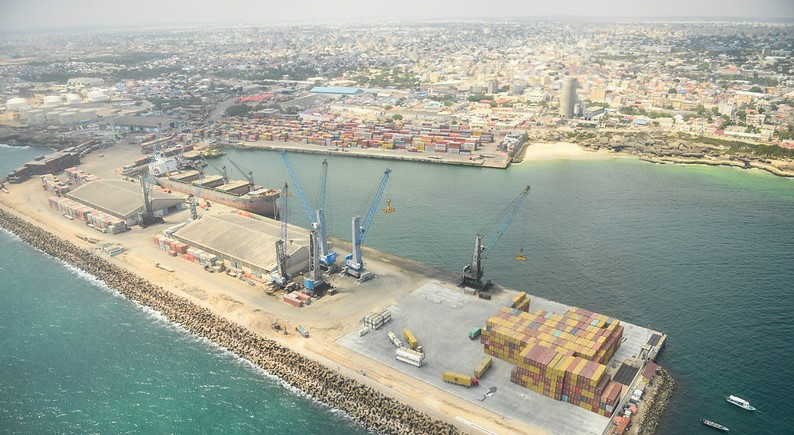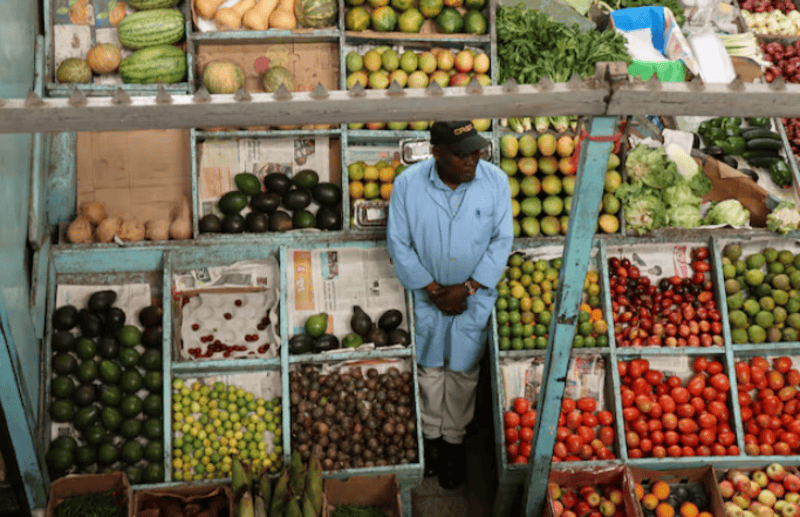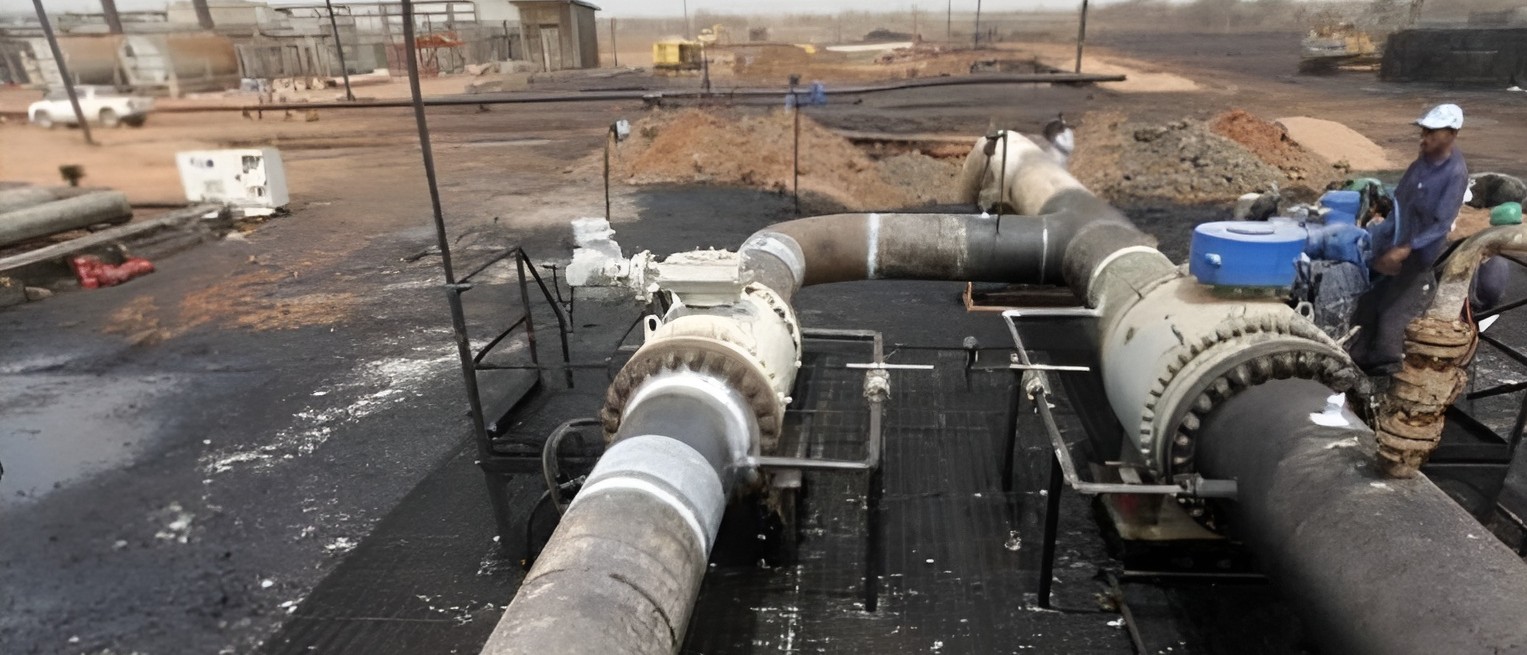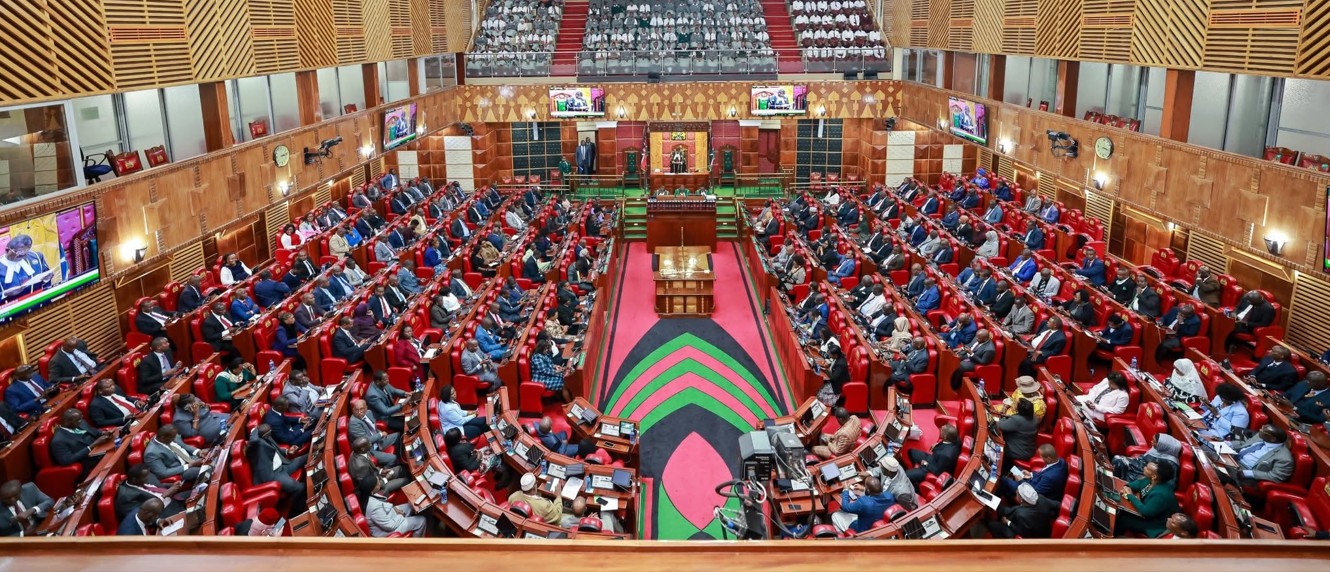Climate inaction threatens global food security as farmland suitability declines, warns FAO report
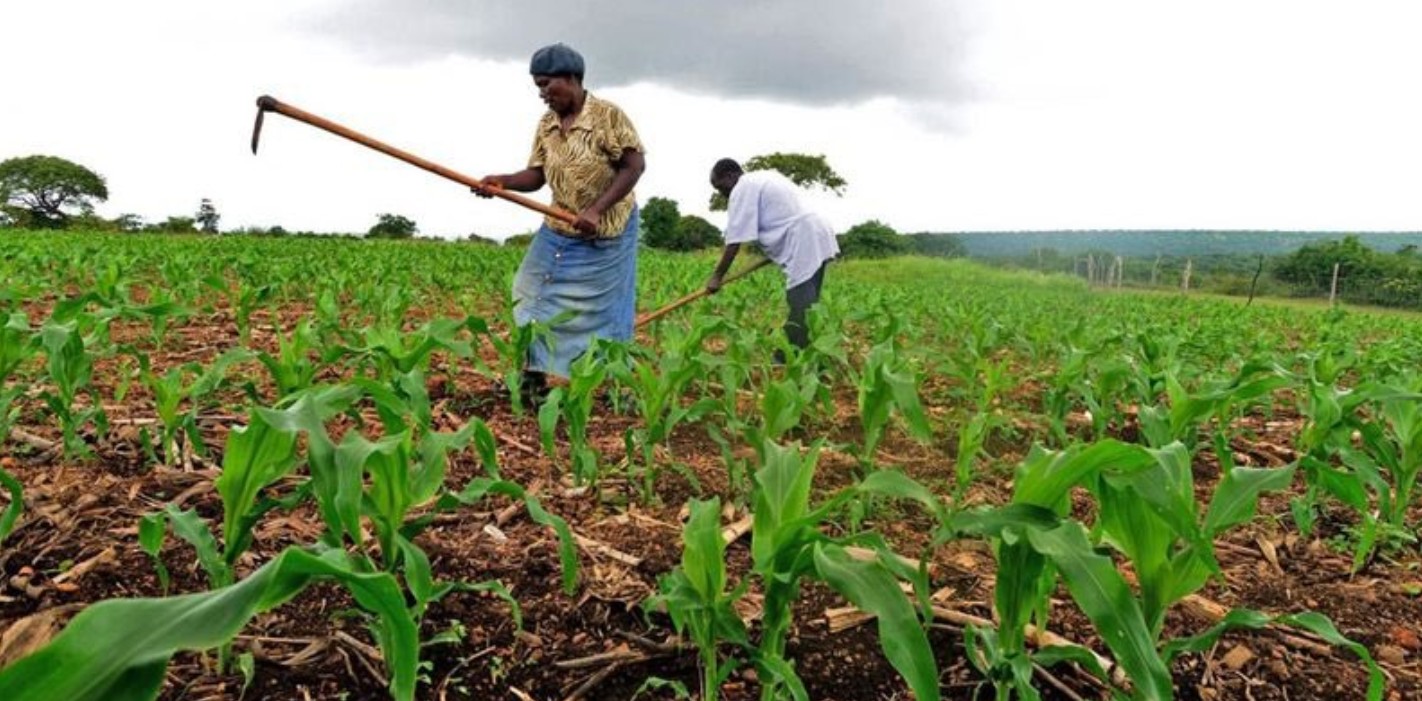
Delays in the green transition and climate action could have far-reaching consequences, with a new report warning that food crises could persist due to declining agricultural productivity.
The global assessment by the Food and Agriculture Organisation (FAO) reveals that climate change could render half of the world’s most suitable farmland for staple and cash crops unviable by 2100.
More To Read
- Proposed Bill set to mandate solar panels on new homes
- Africa Climate Summit 2025: Addis Ababa faces pressure to deliver on Nairobi Declaration pledges
- Climate change: How global water crisis could cost trillions
- Over one billion Africans unable to afford healthy diet, UN report warns
- Explainer: What is the threshold for famine and how hunger is tracked
- Heat stress on the rise, slashing work productivity by 2-3 per cent, report warns
According to the organisation, this threatens everything from subsistence farming to global commodity markets.
“Five out of nine major staple and cash crops, including wheat, coffee, beans, cassava and plantain, are already losing optimal growing conditions, and some could lose half their optimal suitable land by 2100,” the report reads.
Coffee production
In particular, the study says coffee production in some of the major coffee-growing regions could decline sharply by 2100.
This would pose a significant threat to countries that rely heavily on coffee as a key trading agricultural product.
Ideally, such a decline would directly impact export revenues, undermining one of the primary income-generating sectors for many developing economies.
As coffee is a major export commodity, reduced output could lead to substantial economic losses, resulting in slower economic growth, tighter fiscal space and fewer employment opportunities.
The survey further reveals that beans and wheat could also face significant production losses, particularly in regions like North America and Europe.
Disrupt global supply chains
This decline is expected to disrupt global supply chains, with significant implications for countries that heavily rely on imports, particularly those in Africa.
While maize and rice may initially seem safe, the study suggests that this advantage could be reversed later in the century.
“Maize and rice, however, could initially find more suitable areas for cultivation, but this situation could reverse by the end of the century under high-emission scenarios.”
The survey is part of the latest update on FAO’s Adaptation, Biodiversity and Carbon Mapping Tool (ABC-Map), which now includes an indicator for climate-driven changes in crop suitability.
The World Bank echoes these concerns in its latest food security update, citing conflict, extreme weather, and economic shocks as ongoing drivers of acute food insecurity.
The update references the ‘2025 Global Report on Food Crises’, which shows that acute hunger increased for the sixth consecutive year in 2024.
“Around 295 million people are now facing high levels of acute food insecurity,” the report states, “with the most severe cases, including famine, concentrated in countries affected by conflict,” the World Bank says.
Top Stories Today

